European Origins and the Allure of the Compact
Europe, the cradle of automotive invention, is historically characterized by its tapestry of small nations and communities. Here, nobles could nestle castles against mountains and by watersides, while the common townsfolk erected detached or terraced homes—many of which have stood the test of hundreds of years. It’s a landscape where one can stumble upon Van Gogh’s wild ruminations in a café or find Da Vinci’s muse on an ancient wooden bridge. Such environments have sculpted Europeans’ preference for smaller cars, a trait that has become embedded in their automotive culture.
Contrasting Car Cultures: The East Meets West
While the traditional Chinese consumer mentality leans towards ‘bigger is better’—where ‘plus-sized’ phones and increasingly larger TVs are in vogue, and a preference for longer, wider vehicles is evident—Europe, alongside Japan, harbors an affinity for compact cars. This was not always the case; Europe was once enamored with large vehicles too, with early 20th-century British streets filled with automobiles stretching over five or even six meters in length, towering over 1.5 meters high. But what catalyzed the shift from the prominence of large cars to the dominance of compact ones in Europe?
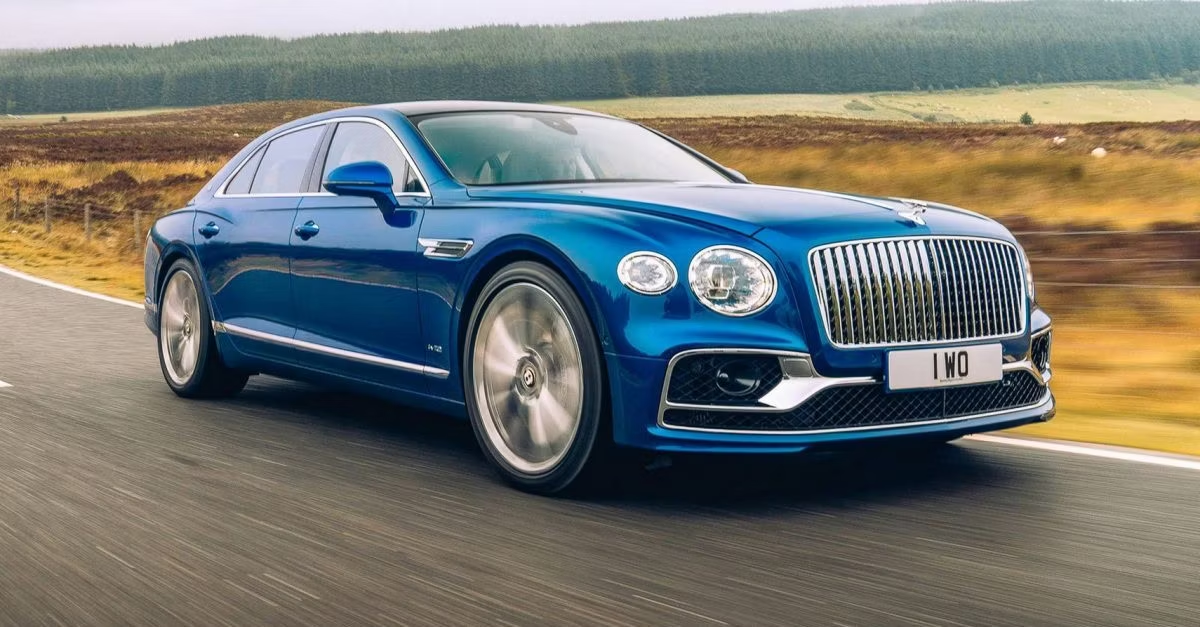
The Dynamics of Change: From Big to Small
Urbanization and its ensuing dense traffic necessitated a move away from larger cars towards the nimbleness of smaller counterparts. Changing demographics and personal preferences also played a role, with the individualistic tastes of people who grew up in families that already owned cars taking precedence over the need for a ‘family car’. Classic compact cars like the Fiat 500 and the Beetle became icons of this shift, spreading their influence across Europe and Japan.
From Classics to Modern Minis: A Tale of Evolution
The automotive history books are filled with classic compact cars: the Fiat 500, Beetle, MINI, and smart have all left bold marks on the historical canvas of the car industry. Close to eight decades of the Beetle’s iconic journey have solidified its legendary status—from its inception by Porsche’s founder to becoming Hitler’s designated ‘people’s car’. Its timeless design wove through the streets worldwide as a mobile landmark. Despite this storied past, even classics such as the Beetle eventually conceded to the tides of change, with its production halting in recent times.
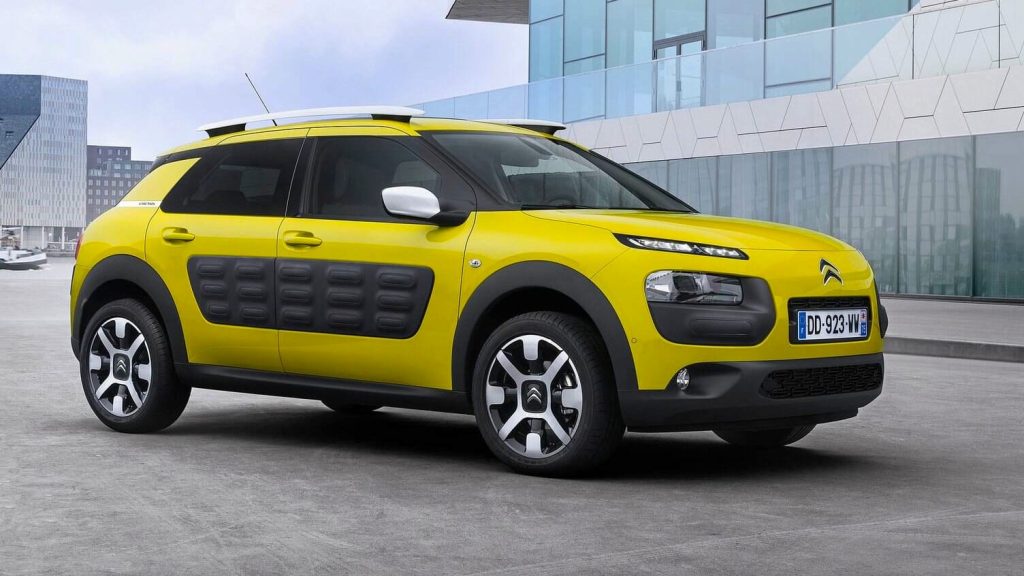
The Beetle: A Snapshot of an Era
And while the Beetle epitomizes the era of compact cars, other classics like the Fiat 500, MINI, and smart face challenges in satisfying the modern consumer’s needs. Issues such as high fuel consumption and discomfort in the Fiat 500 render it a rarity on China’s roads.
ORA R1: A New Generation’s Preference
A close look reveals similarities between the transition from large to small cars in Europe and the current automotive trends in China. Urban congestion and parking difficulties, coupled with a shift in the main buying demographic towards younger generations, have fostered a demand for high-quality, stylish, and cost-effective compact cars like the ORA R1.
As car development inevitably progresses towards refined compact models for ease of urban navigation, it also moves in tandem with the global push for low-carbon and sustainable options, with new energy vehicles leading the trend. ORA, with its strong technological and innovative capabilities, is quickly becoming a favorite among urban youth, aiming to leave its mark as a classic of the future.


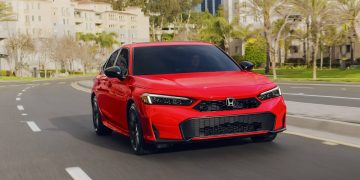
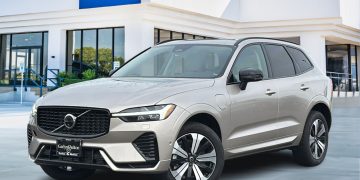
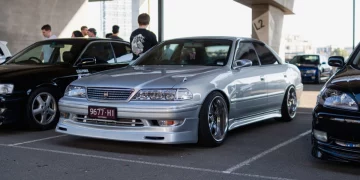

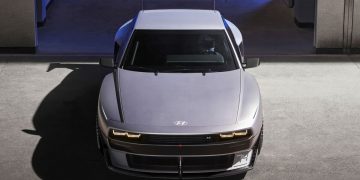

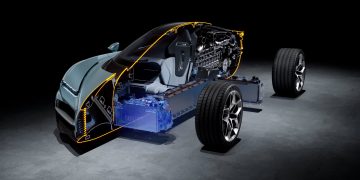





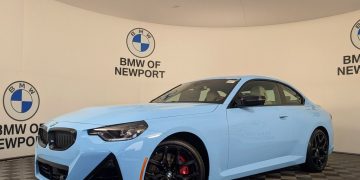






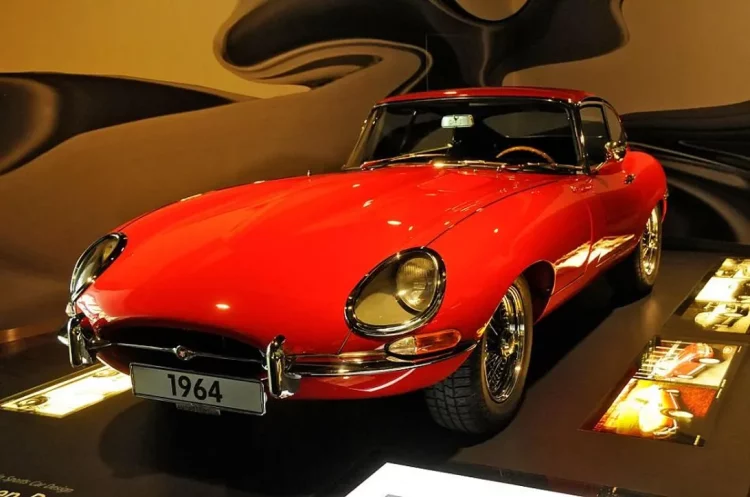












Discussion about this post